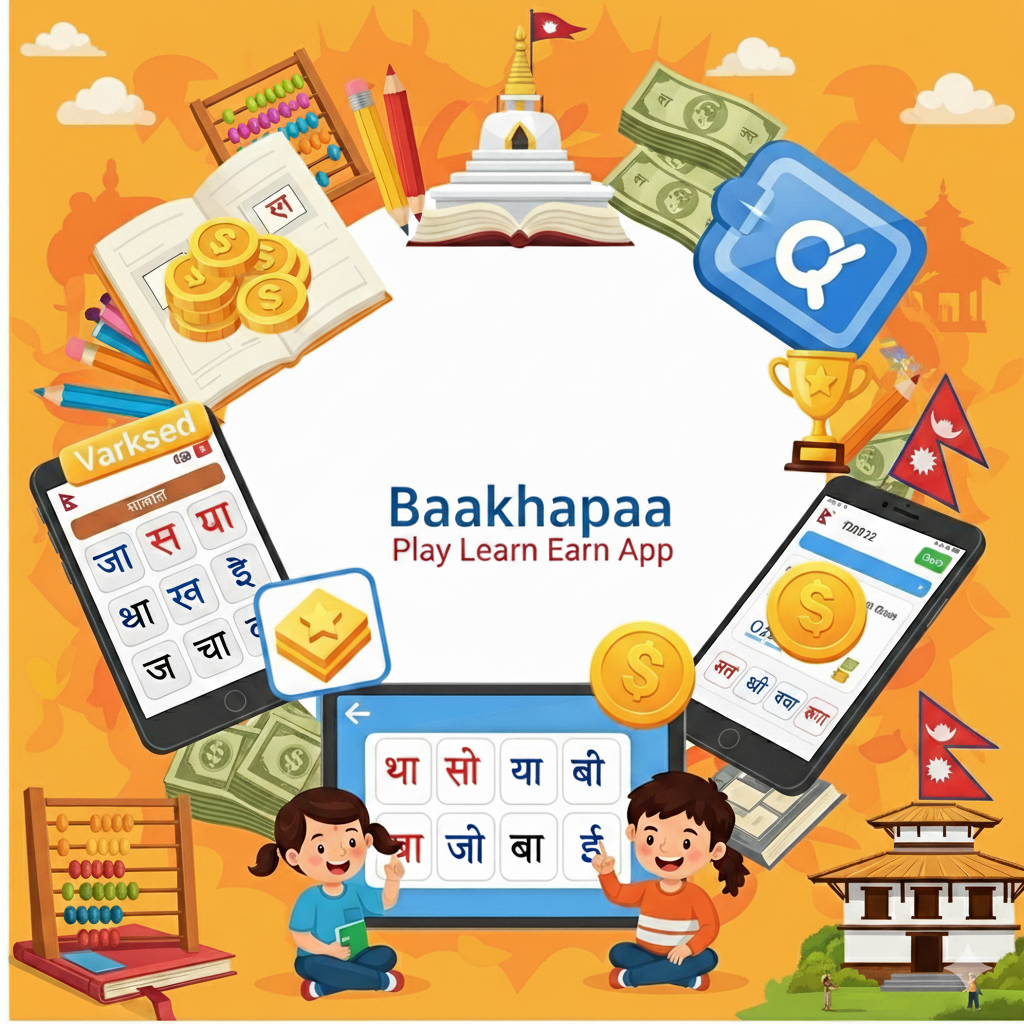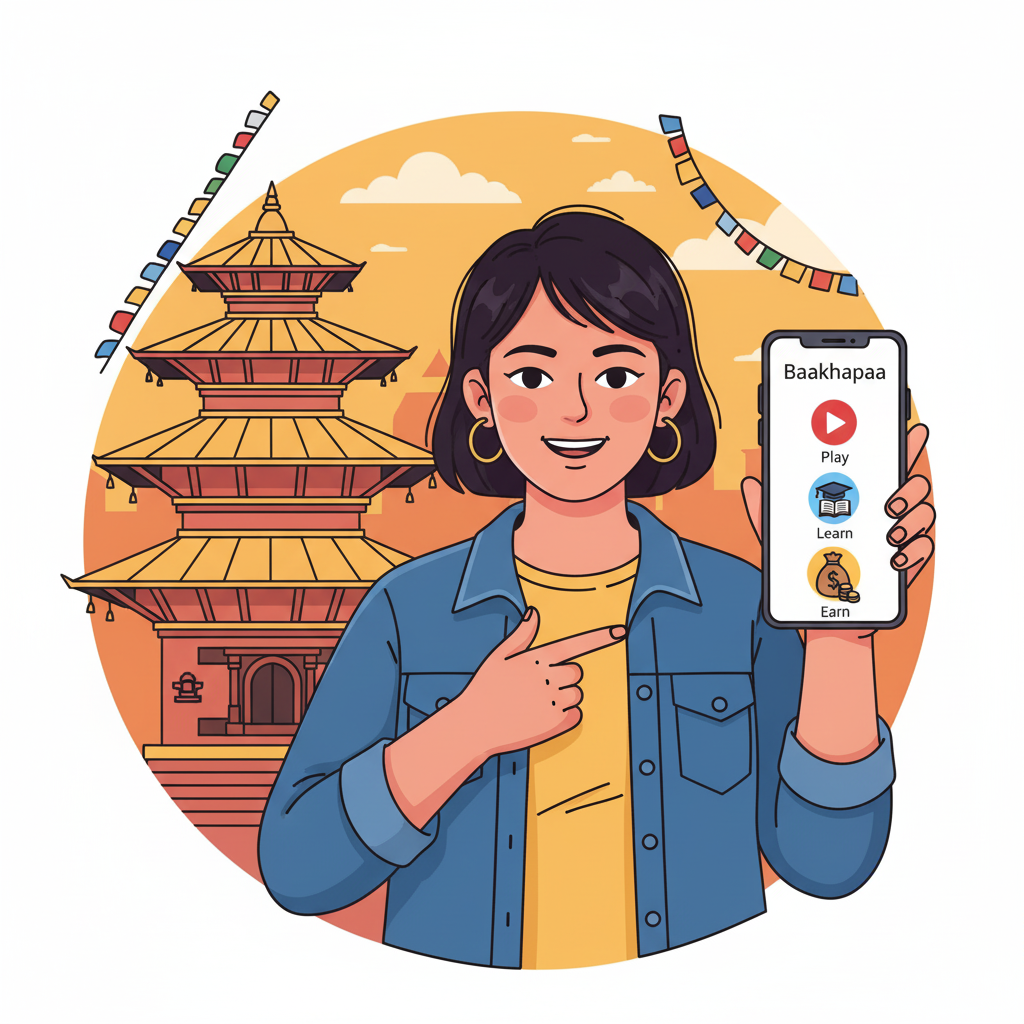Keeping Traditions Alive: How the Nepali Diaspora Celebrates Dashain Abroad
Dashain, the grandest and most cherished festival for Nepalis, is a vibrant tapestry of family reunions, ancient rituals, and joyous celebrations. It's a time when the goddess Durga's victory over evil is commemorated, blessings are sought, and communities come together. But what happens when Dashain arrives and you're miles away from the soil of Nepal? For the global Nepali diaspora, keeping traditions alive takes on a special significance. As we look towards Dashain in 2026, let's explore how Nepalis abroad creatively adapt and passionately uphold their cultural heritage, ensuring the spirit of this auspicious Nepali festival abroad thrives, no matter the distance.
Dashain in Nepal: The Heart of the Festival
To understand the diaspora's efforts, it's essential to recall the core of Dashain in Nepal:
- Significance: Primarily, Dashain (or Vijaya Dashami) celebrates the victory of good over evil – specifically Goddess Durga's triumph over the demon Mahishasura. It also symbolizes family unity, the importance of elders' blessings, and agricultural prosperity.
- Key Rituals: The festival spans 15 days, with key moments including:
- Ghatasthapana: The first day, marking the planting of Jamara (barley shoots) in a sacred pot (Kalash), symbolizing growth and blessings.
- Fulpati (Day 7): A ceremonial offering of sacred flowers, banana stalks, and Jamara.
- Maha Ashtami & Maha Navami (Days 8 & 9): Days of intense worship, often involving animal sacrifices (or symbolic offerings like coconuts/vegetables for many today) to Goddess Durga and Kali.
- Vijaya Dashami (Day 10): The pinnacle of the festival. Younger family members receive Tika (a mixture of rice, yogurt, and vermillion) and Jamara on their foreheads from elders, along with blessings for health, happiness, and prosperity. Monetary gifts (Dakshina) are often given.
- The Atmosphere: Beyond rituals, Dashain in Nepal is characterized by kite flying, playing on large bamboo swings (pings), wearing new clothes, feasting on special Dashain recipes, and a general air of festivity and homecoming.
Across the Miles: How the Nepali Diaspora Celebrates Dashain Abroad in 2026
For Nepalis living in countries like the USA, UK, Australia, Canada, and beyond, celebrating Dashain involves a beautiful blend of tradition, adaptation, and community effort.
Finding a Slice of Home: Ingredients and Jamara
- Sourcing Essentials: One of the first practicalities is finding ingredients for Dashain recipes for diaspora. This might mean visiting specialized South Asian grocery stores for specific spices, goat meat (khasi ko masu), or the right kind of rice for Tika. Online groups often share tips on where to find these items.
- Growing Jamara: Cultivating Jamara in different climates can be a challenge. Diaspora families often get creative, using indoor pots, specific soil mixes, and ensuring the seeds get enough (but not too much) light and moisture to sprout those precious yellow-green shoots.
Community Spirit: Nepali Community Events Abroad
- The Role of Organizations: Nepali community organizations and associations worldwide play a vital role. They often host large Dashain gatherings, complete with cultural programs (music, dance), traditional feasts, and opportunities for families to receive Tika collectively. These Nepali community events abroad are crucial for fostering a sense of belonging and connecting with culture abroad.
- Shared Celebrations: Potlucks are common, where families bring traditional dishes to share, recreating the communal feasting spirit of Dashain.
Passing the Baton: Teaching Kids About Dashain Abroad For parents in the diaspora, one of the most important aspects is teaching kids about Dashain abroad:
- Explaining Traditions: Simplifying complex rituals and explaining the stories and significance behind Dashain in an age-appropriate manner. This might involve storytelling, picture books, or videos.
- Active Involvement: Getting children involved in preparations, like making simple decorations, helping with (safe) cooking tasks, or even planting the Jamara, can make the festival more tangible and engaging for them.
- Language and Connection: Using these occasions to reinforce Nepali language skills and share personal memories of Dashain in Nepal.
Adapting Rituals Creatively:
- Symbolic Offerings: Where animal sacrifice is not feasible or permitted, families often opt for symbolic offerings like coconuts, pumpkins, or other vegetables.
- Makeshift Swings: While large bamboo pings might be hard to replicate, communities sometimes organize smaller versions in parks if local regulations allow, or families might set up simpler swings for children.
- Kite Flying: This beloved tradition is often continued in local parks and open spaces, bringing a touch of Nepali skies to foreign lands.
- Virtual Tika: Technology bridges distances. Video calls (Zoom, WhatsApp, Viber) have become indispensable for receiving Tika and blessings from elders back in Nepal, especially when travel isn't possible. Digital Dakshina (cash gifts) via online transfers is also increasingly common.
Challenges Faced and Creative Solutions
Celebrating Dashain abroad isn't without its hurdles:
- Time Constraints: Dashain is a 15-day festival, but work and school schedules in host countries often don't align. Celebrations are frequently condensed into weekends.
- Accessibility of Items: Finding specific ritual items, traditional attire, or even all the right ingredients can be difficult and expensive in some locations.
- Community Size: In areas with smaller Nepali populations, organizing large-scale community events can be challenging.
- Maintaining Engagement: Keeping the younger, foreign-born generation connected to and interested in these traditions requires ongoing effort.
Despite these, the Nepali diaspora shows incredible resilience and creativity, finding ways to uphold the essence of Dashain: family togetherness, blessings, and the victory of good.
Share Your Dashain Story & Learn More! (RakeshRajbhat.com & Baakhapaa Angle)
The spirit of Dashain is kept vibrant by the stories and efforts of Nepalis around the world. Websites and community hubs like RakeshRajbhat.com often become invaluable spaces during such festivals, allowing people to share their unique Dashain celebration diaspora experiences, exchange recipes, and find information about local events.
Want to deepen your connection to this cultural heritage?
- Test Your Knowledge: Look out for engaging quizzes about Dashain traditions and history! Understanding the 'why' behind the rituals makes them even more meaningful.
- Share Your Celebration: This is where the community truly comes alive! Platforms like the Baakhapaa app are fostering innovative ways to engage with cultural heritage. Imagine sharing your unique Dashain celebration photos or short anecdotes on Baakhapaa and earning bonus points within its ecosystem! It’s a wonderful way to connect with fellow Nepalis globally, showcase how you're keeping traditions alive, and inspire others. Your stories are what make the diaspora Dashain so special.
Conclusion: The Enduring Spirit of Dashain
Celebrating Dashain abroad is a powerful testament to the resilience of cultural heritage and the deep-rooted importance of tradition. While adaptations are inevitable, the core spirit of family unity, blessings, and the triumph of good remains unwavering. As we look to Dashain 2026, the global Nepali community will once again find innovative and heartfelt ways to light the lamps of their heritage, ensuring that these cherished Nepali festivals abroad continue to enrich lives and connect generations, no matter where they are in the world.
Please login to leave a comment.


 Rakesh Rajbhat
Rakesh Rajbhat




